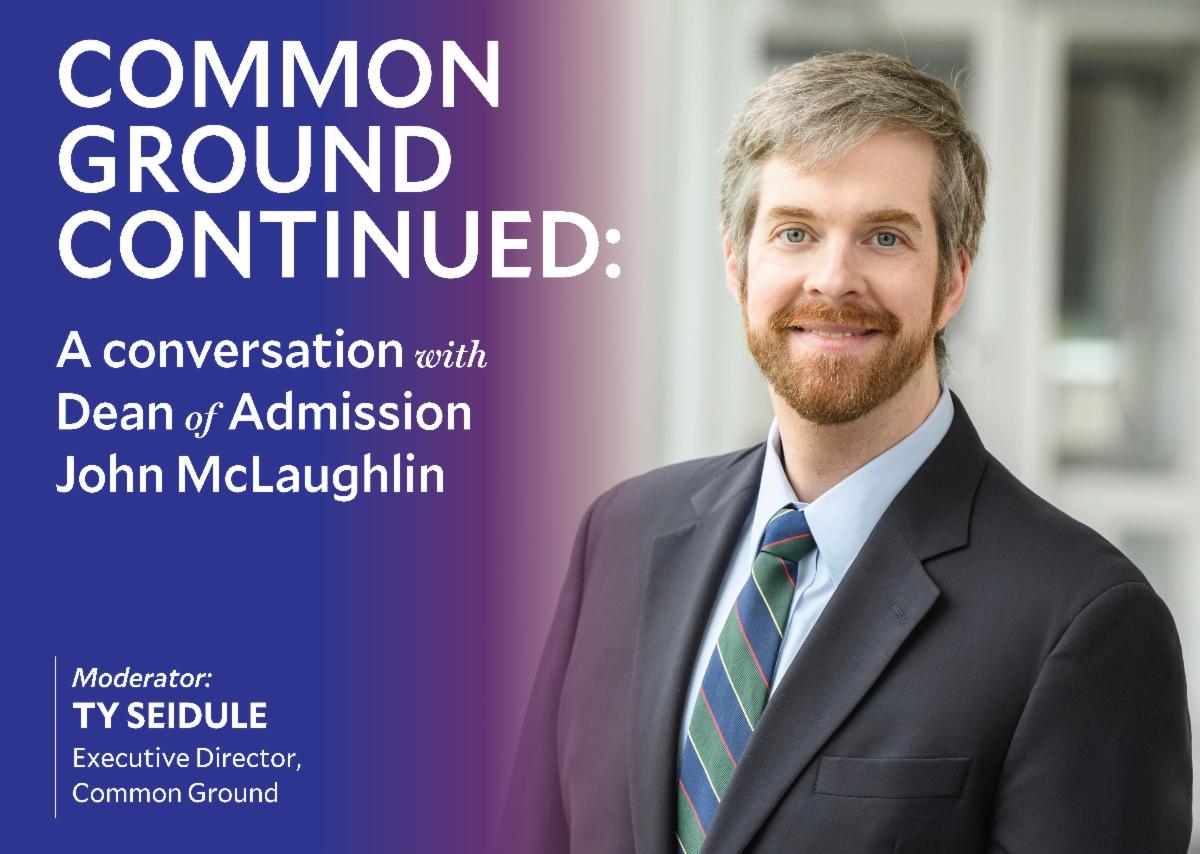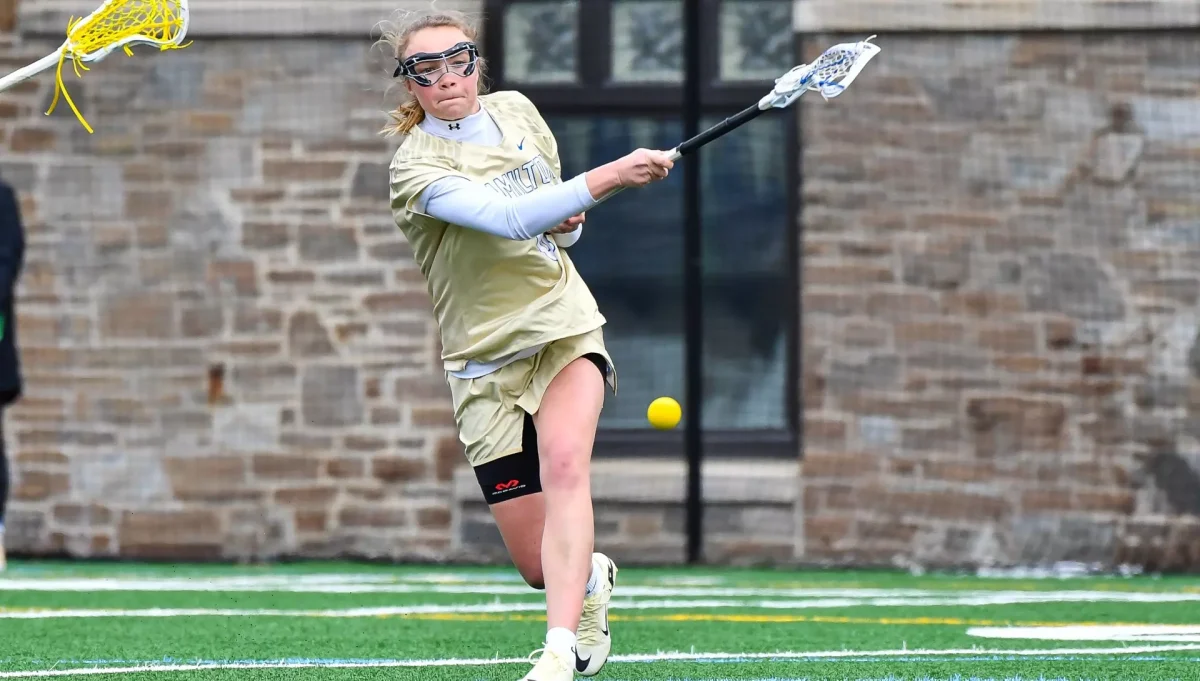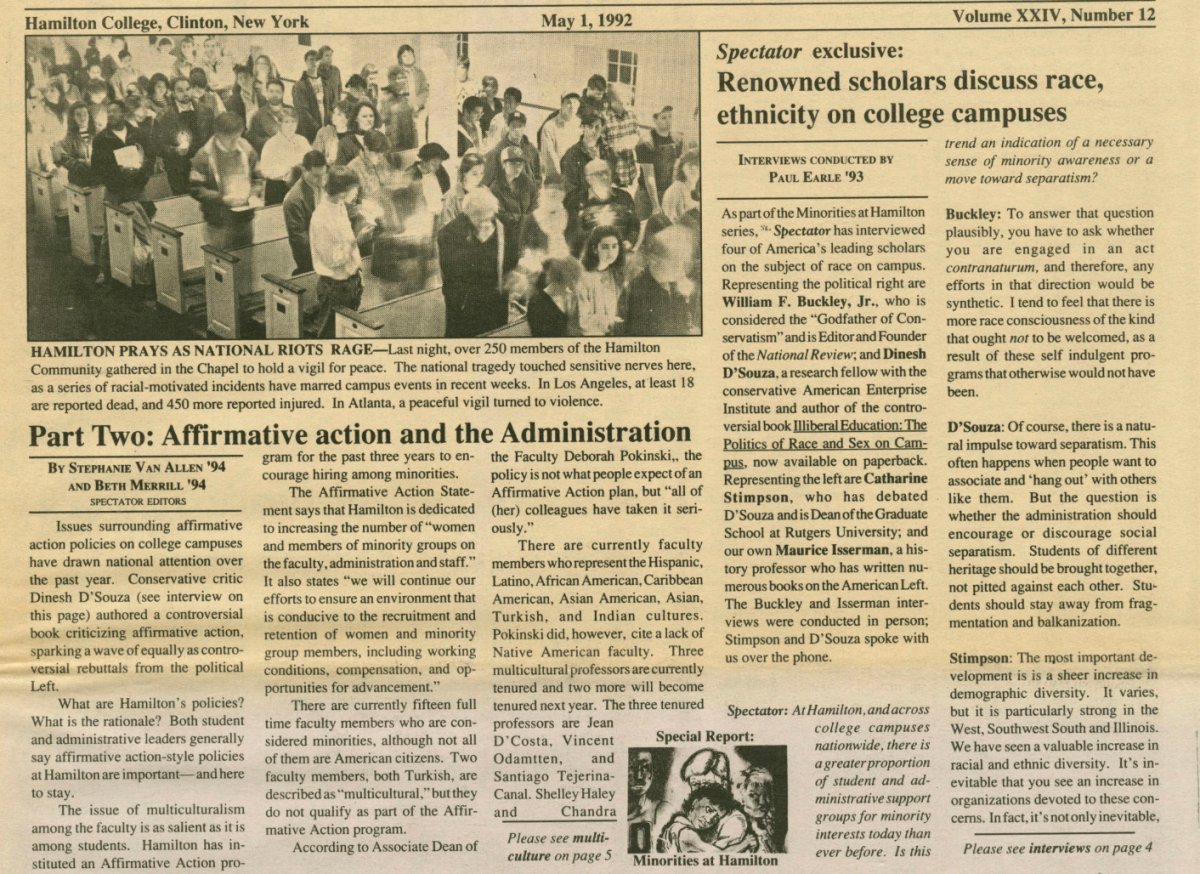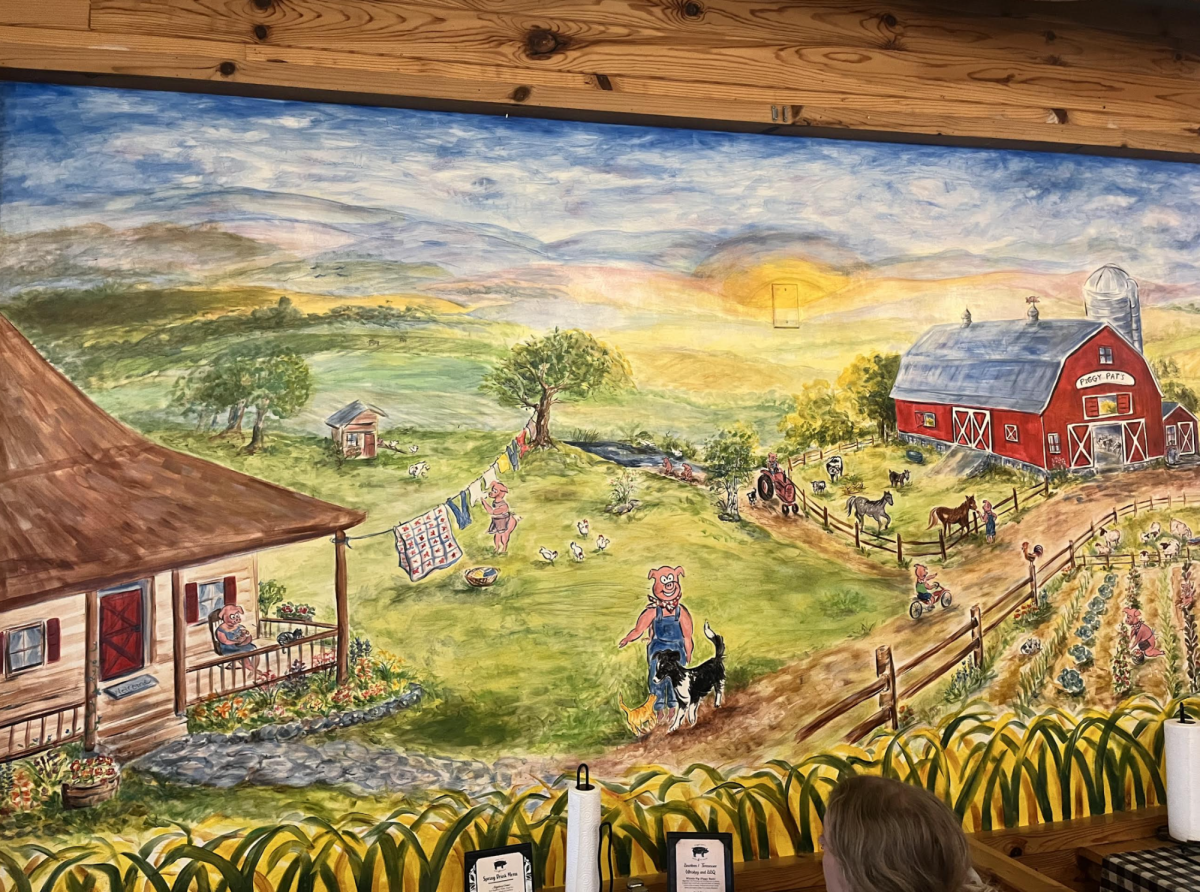
Deanna Durben’s excellent March 3, 2022 article prompted us to provide context for the CDC’s new Community Level measurements. The CDC’s “Community Levels” take several factors into account [1]:
CDC looks at the combination of three metrics — new COVID-19 admissions per 100,000 population in the past 7 days, the percent of staffed inpatient beds occupied by COVID-19 patients, and total new COVID-19 cases per 100,000 population in the past 7 days — to determine the COVID-19 community level.
Oneida Country is classified as “Community Level: Low” because we have ample available hospital beds and staff in the county. However, our Level of Community Transmission is (still) classified as “substantial” as of today, March 11, 2022. This means there is a high chance of exposure in gatherings and highly trafficked public spaces. For a person at high risk of experiencing severe complications of COVID, the risk of exposure may outweigh any comfort of knowing that hospital beds will be available should they be exposed. [2]
Data is a best attempt to measure phenomena in our world, but it can be subject to error and bias inherent to limitations in data collection. For example, COVID transmission metrics rely on a count of the number of cases in a county. At the same time as more testing is being done at home, the New York State public health website indicates that reporting positive at-home test results to the county is not required. If we rely solely on metrics like Community Level for campus-wide decision-making, we must remember that structural changes to data collection can result in a mismatch between the numbers and people’s experiences in the real world.
Personal circumstances inherently impact perceptions of risk. An immunocompromised person will have a different perception of a 1/100 chance of exposure than someone who considers themselves likely to experience only mild cold-like symptoms. Moreover, COVID outcomes vary by community. Studies demonstrate inequalities in the impacts of COVID based on race, ethnicity, and income. [3][4][5]
Thus, we urge those looking at the CDC Community Level as well as the CDC aggregated statistics to have the following questions in mind as data-literate individuals:
What is my personal risk tolerance, what is my community’s risk tolerance, and does the CDC Community Level give me adequate information to make decisions for myself and my community?
What precise risk to public health does the CDC Community Level measurement seek to quantify? What is actually being measured?
What are the potential sources of bias/error in the data?
As a community, we must look beyond the case-count data. As we make decisions, let’s challenge ourselves to consider varying individual perceptions of risk, social determinants of differential risk, and the impact of our decisions on the state and nation.
Courtney Gibbons, Associate Professor of Mathematics
Heather Kropp, Assistant Professor of Environmental Studies
PS: Because we’re professors, we included some references for those who wish to dig deeper.
References:
[1]
https://www.cdc.gov/coronavirus/2019-ncov/science/community-levels.html
[2]
https://covid.cdc.gov/covid-data-tracker/#county-view?list_select_county=36065&null=36065
[3 ] Holden, Tobias M., et al. “Structural racism and COVID-19 response: higher risk of exposure drives disparate COVID-19 deaths among Black and Hispanic/Latinx residents of Illinois, USA.” BMC public health 22.1 (2022): 1–13.
[4] Truong, Ngoc, and Andy Ohemeng Asare. “Assessing the effect of socio-economic features of low-income communities and COVID-19 related cases: An empirical study of New York City.” Global Public Health 16.1 (2021): 1–16.
[5] Wu, Xiao, et al. “Exposure to air pollution and COVID-19 mortality in the United States: A nationwide cross-sectional study.” (2020).
















